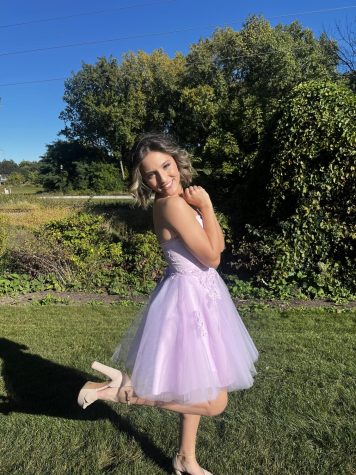Cartoons are meant for kids
November 9, 2022
Since “the Yellow Kid” first appeared in The New York World in 1896 , newspaper cartoons have been targeted to the younger generation. Now, the world is filled with complex entertainment, and comics have moved from the page to the screen; even so, it’s important to leave cartoons for only children.
The themes of cartoons are purposefully simple in order to appeal to the still-developing minds of their viewers. For example, the popular show “Dora the Explorer” follows a little girl who goes on adventures, helps others and teaches basic Spanish to the audience. As the show progresses, kids are taught the importance of helping others and teamwork.
Animated shows like “Dora” often contain simple conflicts with easy solutions to stimulate the minds of children in a way that isn’t too overwhelming for them.
In contrast, many popular adult cartoons contain elements such as cliffhangers that are too complex to appeal to children’s short attention spans. Concepts such as multiple storylines and subplots can also be too hard for a child to follow.
Character development is also an abstraction that must be spelled out to children through direct action over a short period of time. Whereas adults can comprehend character arcs over multiple seasons, children need the focus to be on action as opposed to subtle character development or advancements.
In addition, these animated stories work to develop children’s social skills by illustrating proper behavior and manners through actions and consequences of the plot. In the popular cartoon “Paw Patrol”, each episode is tailored to show a different example of helping a civilian in need by using each of the dogs’ unique talents to help solve the case. This teaches not only selflessness but also self acceptance to the young audience.
Reflecting on the typical television season programming, adults have a variety of works to watch from sitcoms and dramas to procedurals and thrillers. Young children, on the other hand, have limited choices in G-rated entertainment
Cartoons establish a known art style that is meant to appeal to the minds of children. The reason children are so attached to these shows comes from an innate function to be attracted to high pitched voices and bright colors. As stated by parenting novel author Andrea Zanin, “Researchers compared shows watched by adults with kiddy cartoons. In a frame-by-frame analysis of each type of show, it was found that the shows aimed at children are structured in a similar way to baby talk – they’re brighter, slower paced and camera movement is used in a different way than in adult shows.”
While adults can enjoy childish things, these types of animated shows should remain targeted to their respective audience. When a young child mistakes an adult cartoon for a kid’s show due to the similar appearance, they can end up being wrongly exposed to adult themes that can harm their psyche.
Due to their developmental state, children should entertain themselves with educational content that teaches them values and builds character. In order to capture their attention, cartoon creators use bright colors and wacky animation that is specific to them. Therefore, cartoons should be targeted for kids’ entertainment alone.







